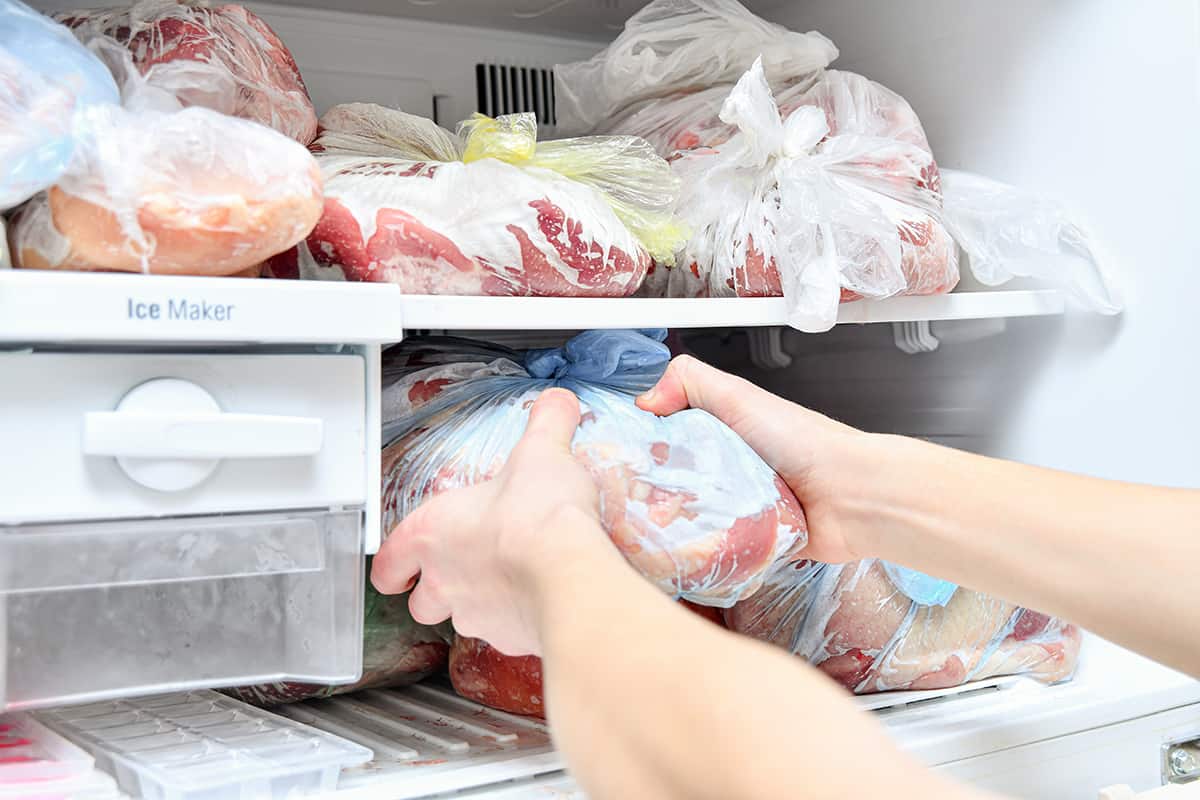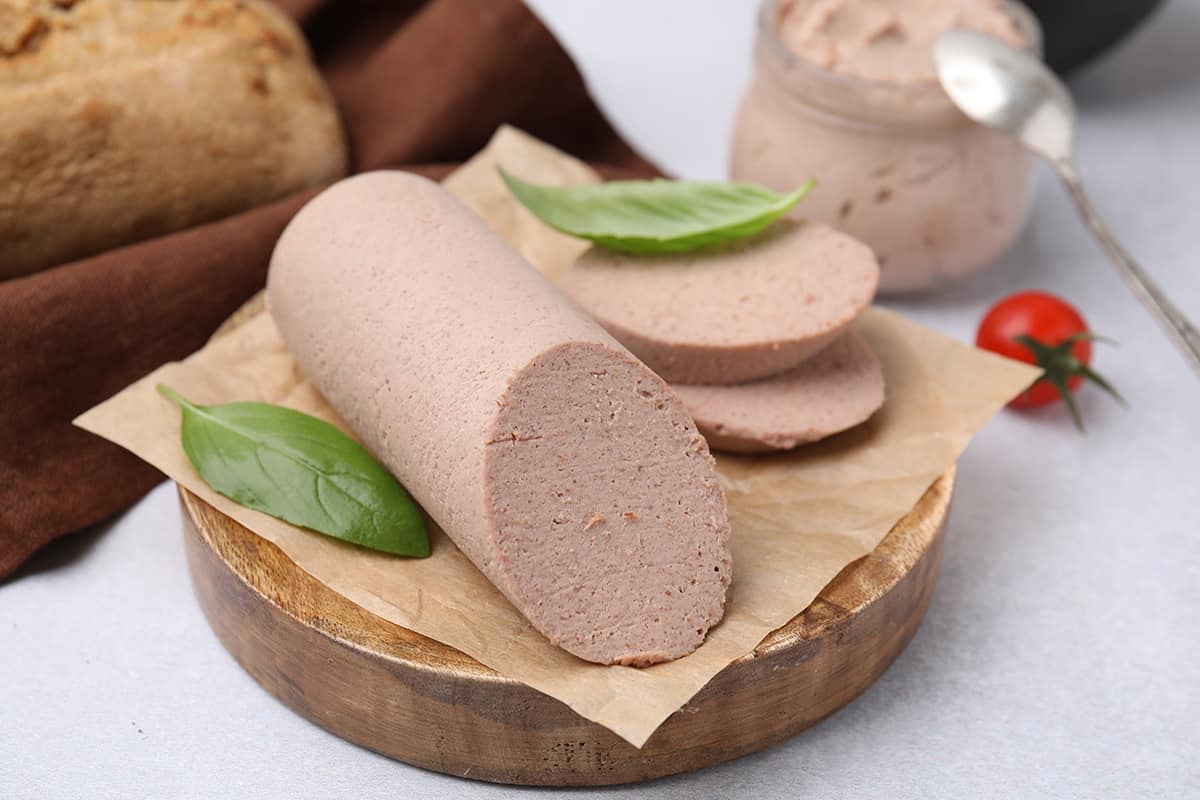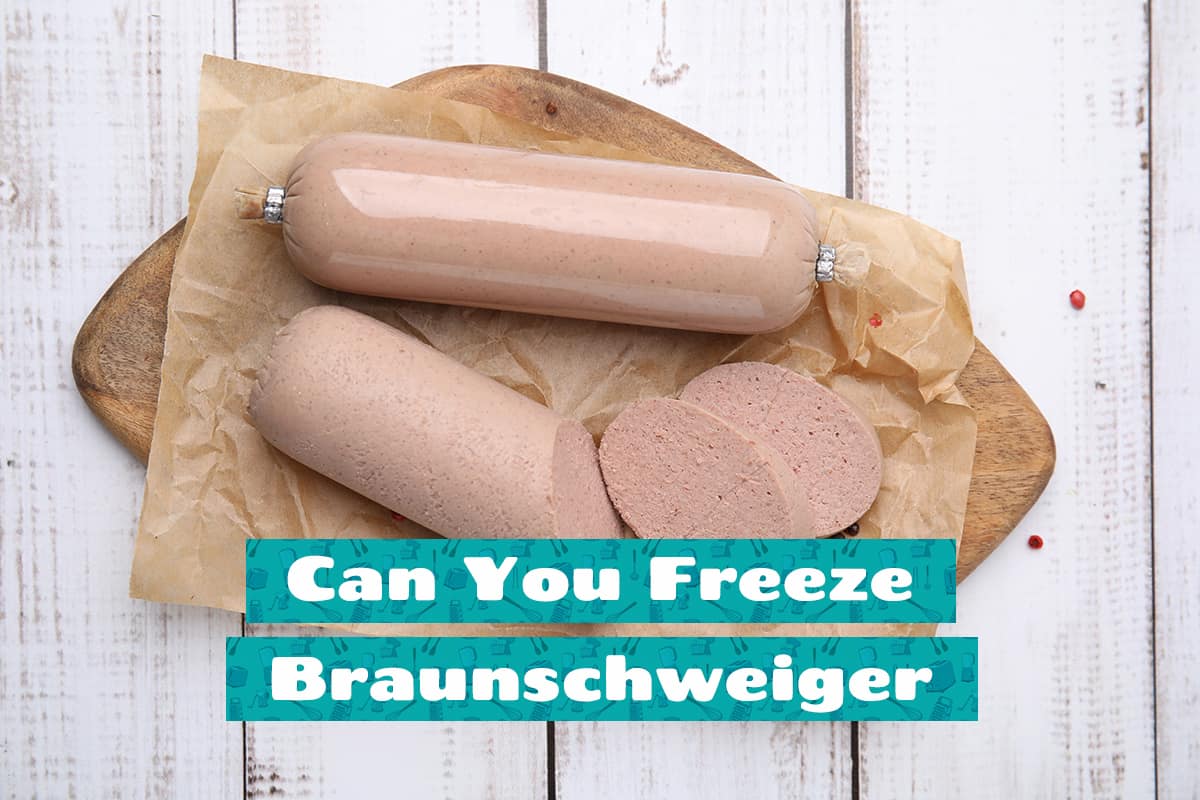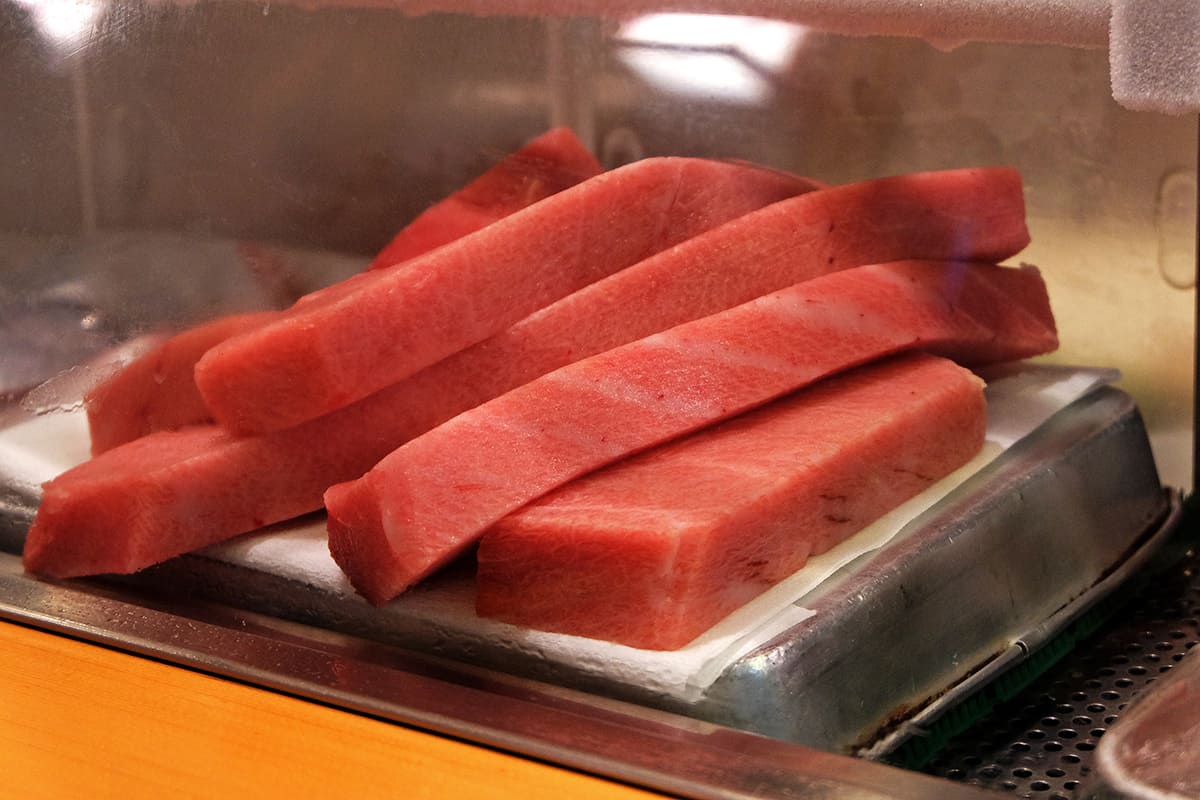Braunschweiger is a type of liverwurst beloved for its rich, creamy texture and distinctive flavor. It has found its way into various culinary traditions around the world, often served spread on bread or enjoyed as part of a charcuterie board. While you can never have too much, what do you do with the leftovers? Can you place Braunschweiger in the freezer?
Yes, you can freeze Braunschweiger. Wrap it tightly in plastic wrap, then aluminum foil or place it in a freezer bag. Freeze for up to 2 to 3 months. To thaw Braunschweiger, you can place it in the fridge overnight or in a cold-water bath for several hours.
This guide will elaborate the freezing and thawing process of Braunschweiger, as well as cover the challenges of freezing meat and advanced freezing methods.
Challenges of Freezing Meat

Who hasn’t faced the freezer and pondered the best ways to keep that steak or chicken as fresh as the day it was bought? But when it comes to processed meats, such as Braunschweiger, things can get a bit more complicated.
1. Battle Against Freezer Burn
You’ve stashed away a prime piece of beef, dreaming of the future feast, only to find it covered in ice crystals. Freezer burn happens when air reaches your meat, drying it out and compromising flavor and texture.
2. The Thawing Conundrum
The thawing game is a culinary puzzle that has stumped many. Rush this process, and you end up with tiny crystal shards all over the inside of your meat. Too slow, especially in a warm place, and you might as well invite all the pathogens onto your meat for a making-you-sick party.
3. Freezer Space
If you’re the type of person to throw everything in the freezer, then you might have a problem with space management. All meats should be placed in the back, as far away from the door and from light as possible, to maximize long-term freshness. You can most certainly stack your meat, provided they’re wrapped up in a safe and hygienic way.
How to Freeze Braunschweiger

So, you’ve found yourself with an abundance of Braunschweiger, and you’re wondering how to keep that creamy, savory goodness fresh for longer, right? Freezing might just be your ticket to enjoying this delightful spread without a ticking clock.
1. Choose Your Wrapping Wisely
First things first, let’s talk about wrapping. Grab some plastic wrap, aluminum foil, or both if you’re feeling extra protective. The goal here is to avoid freezer burn, which is about as welcome as a fly in your chardonnay. Wrap your Braunschweiger snugly, ensuring no air pockets are left to invite unwanted icy guests.
2. The Freezing Process
Once wrapped and portioned, it’s time to freeze. Place your Braunschweiger packages in the coldest part of your freezer, usually at the back. This isn’t the time for it to cozy up to the door, where temperature fluctuations are more common. Aim for a steady -18°C (0°F) to keep it in prime condition.
Advanced Freezing Techniques

Now that we have the basics of freezing Braunschweiger, there’s a bit more you should know about freezing meat in general.
1. Portion Control
Ever found yourself staring at a whole log of Braunschweiger, wondering how you’ll ever get through it? Portion control is your friend here. Before freezing, slice or divide the Braunschweiger into portions you’re likely to use in one go. This way, you avoid the dreaded defrost-refreeze cycle that can turn your delightful spread into a culinary nightmare.
2. Labeling
Who can remember when they froze something? Take a moment to label each portion of Braunschweiger with the freezing date. Not only does this help keep track of freshness, but it also prevents the “mystery meat” scenario where you’re guessing what’s in your freezer.
3. Freshness First
While freezing Braunschweiger is a fantastic way to extend its shelf life, it’s not immortal. Aim to use your frozen portions within 2 to 3 months for the best quality. Beyond that, you might start to notice subtle changes in texture and flavor.
Thawing and Using Frozen Braunschweiger

Wondering how to bring it back to life? Thawing and using frozen Braunschweiger doesn’t have to be a culinary puzzle. Let’s break it down into simple, easy-to-follow steps.
Refrigerator Method
Patience is your best friend when it comes to thawing Braunschweiger. The refrigerator is your go-to method for a couple of reasons.
First, it keeps everything safe and out of the temperature danger zone, where unwanted bacteria like to party. Second, it ensures your Braunschweiger thaws evenly, maintaining its texture and taste. Leave it in the fridge overnight, and like magic, it’ll be ready to spread by morning.
Cold Water Method
Got a Braunschweiger emergency and can’t wait overnight? Here’s a quick thaw hack: seal your Braunschweiger in a watertight plastic bag and submerge it in cold water. Change the water every 30 minutes to keep it cold. This method is faster but keep an eye on the clock; you don’t want to leave it out too long.
FAQs
1. Can I freeze Braunschweiger in its original packaging?
Yes, you can freeze Braunschweiger in its original packaging, especially if it’s unopened and vacuum-sealed. This packaging is pretty good at keeping the air out and the flavor in. If it’s been opened, though, you might want to add an extra layer of protection, like wrapping it in plastic wrap or aluminum foil, to keep it fresher longer.
2. How can I tell if frozen Braunschweiger has gone bad?
If your frozen Braunschweiger looks more like a science experiment than a delicacy, it’s probably gone bad. Check for any changes in color, an off smell once it’s thawed, or if it’s covered in ice crystals. These are tell-tale signs that it’s time to say goodbye.
3. Can I freeze Braunschweiger spread?
Absolutely, you can freeze Braunschweiger spread. Just make sure it’s in a tight container to avoid freezer burn. Freezing can change the texture a bit—e.g., making it a tad crumblier—but it’ll still taste great on your toast or crackers.






